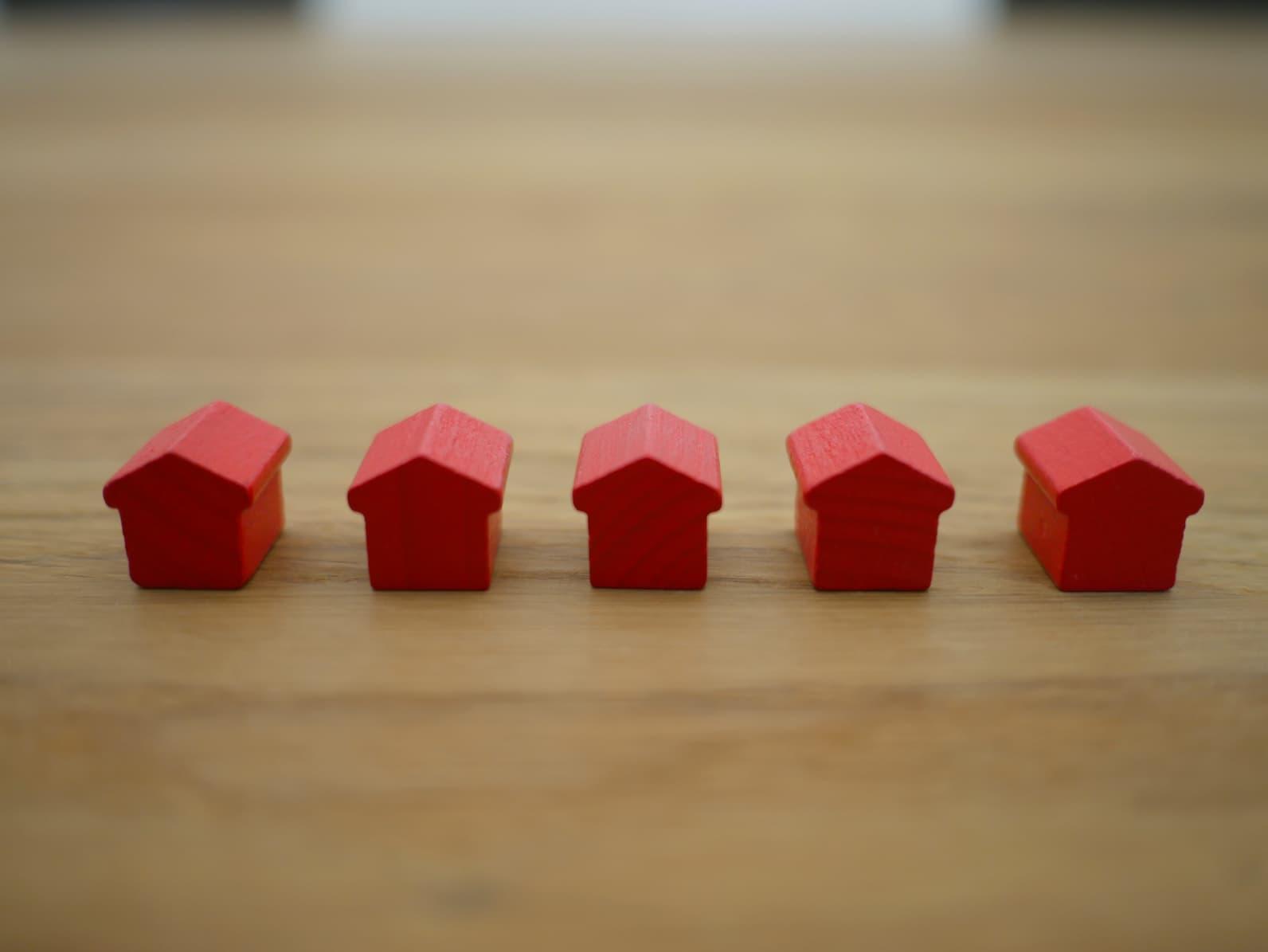
How Mortgages and Risky Investments led to the 2008 Recession
This is part two of a series with Paybby that delves into the Volcker Rule; here Paybby discusses mortgages and proprietary lending.
By Lise WagnacFeb. 2 2021, Published 6:00 a.m. ET
In 2008, public officials began seeing the massive debt that banks were accruing, multiple foreclosures, and investment strategies that kept passing around risk and debt without the debt being paid off. In the midst of this turmoil, another financial instrument that had developed early-on proved a direct link to the multiple foreclosures that occurred within that year. Mortgage-backed securities are a type of asset-backed security that is secured by a mortgage or collection of mortgages. Traders would create a security with a collection of mortgages, wrap them together and rate them using the rating of their bank’s credit default swaps to create these mortgage-backed securities.
As those mortgages were paid, traders received a commission along with the mortgage broker and the investor who bought it. All in all, everyone benefited, but as payments defaulted and “good” mortgages were no longer being wrapped together, many were being mixed with bad mortgages.
In addition, these bad mixes were not being clearly identified by credit officials. What this means is that the good mortgages were wrapped with bad ones and given a better credit rating despite the significant risk the bad mortgages posed. This system collapsed in the financial crisis in 2008 when banks defaulted on all of their loans and some resorted to bankruptcy, such as Lehman Brothers.
After various investigations, many officials agreed that something must be done to prevent this crisis from repeating. Although proprietary trading was not the main concern, it certainly contributed to the creation of securities by traders that would not be regulated. The Volcker Rule restricts certain types of proprietary trading that financial institutions are allowed to practice. The act called for the necessity of protecting borrowers against abusive lending and mortgage practices by creating government agencies that provide oversight of financially unstable institutions.
The Volcker Rule developed as a way to ban proprietary trading and restrict investment in hedge funds and private equity firms by commercial banks and affiliates. The proposal of the rule was named after its creator, former Federal Reserve Chairman Paul Volcker. The proposal was signed into law on July 21, 2010 by President Obama as part of the Dodd-Frank Wall Street Reform and Consumer Protection Act.
The Volcker Rule introduced a new idea of regulating non-bank financial institutions that were engaged in proprietary trading and other troubling investment practices. The components of the law include:
- Proprietary Trading: Proposes regulation to prohibit trading activities such as market making, underwriting, and hedging.
- Private Funds: Restrict the ability of banks to sponsor and invest in hedge funds and private equity funds.
- Securitizations: Proposes regulations to prohibit banks from sponsoring transactions involved in asset-backed securities, collateralized debt obligations, and collateralized loan obligations.
- Insurance companies: Any insurance companies that have affiliations with banking institutions will be subject to the above regulations and will be equally enforced.
It is clear that these components developed from the financial crisis when those who worked in private funds communicated with banking institution employees about the risky investment habits so many investors had adopted. In addition, the proprietary trading of asset-backed securities and CDO’s (collateralized debt obligations) were the main trigger of the foreclosure crisis in 2008.
In the midst of this, insurance companies collaborated with banking institutions to profit from these risky activities while not being directly linked to them. It is clear that the Volcker Rulehas been created to decrease the likeliness of the 2008 financial crisis to occur again. One of these components, proprietary trading, has been the most controversial restriction on Wall Street.
“Proprietary trading” is defined as engaging as a principal for the trading account of a banking organization or supervised nonbank financial company in any transaction to purchase or sell, or otherwise acquire or dispose of:
- any security
- any derivative
- any contract of sale of a commodity for future delivery;
- any option on any such security, derivative, or contract; or
- any other security or financial instrument that the appropriate federal banking agencies, the SEC, and the CFTC may determine by rule.
Proprietary tradingpractices were primarily responsible for the reckless trading of mortgage-backed securities and credit default swaps. The Volcker rule will prohibit these practices within U.S. institutions with the exception of trading practices for government securities, market-making practices that do not exceed term demands of clients, customers, or counterparts, on behalf of customers, or by any insurance business for the account of the insurance company.
This restriction will certainly regulate those activities within the U.S. and help to foresee activities that are directly linked to the banking system and financial stability of the U.S. Nonetheless, the rule does not regulate those trading activities that are non-U.S. controlled which may pose a problem in the future. Many U.S. investments are tied to activities overseas and the proprietary trading practices of other companies could certainly impact the U.S. economy just as much as the financial crisis did.
This is part two of a three-part series with Paybby that delves into the Volcker Rule and the aftereffects of the 2008 Great Recession. Stay tuned next week as we explore the benefits and downsides of the Volcker Rule. If you missed part one, which explains the Dodd-Frank Act, click here.
Paybby is a challenger bank founded with the goal of empowering Black and Brown communities to build wealth and gain access to the benefits of banking. Click here to learn more about Paybby.

